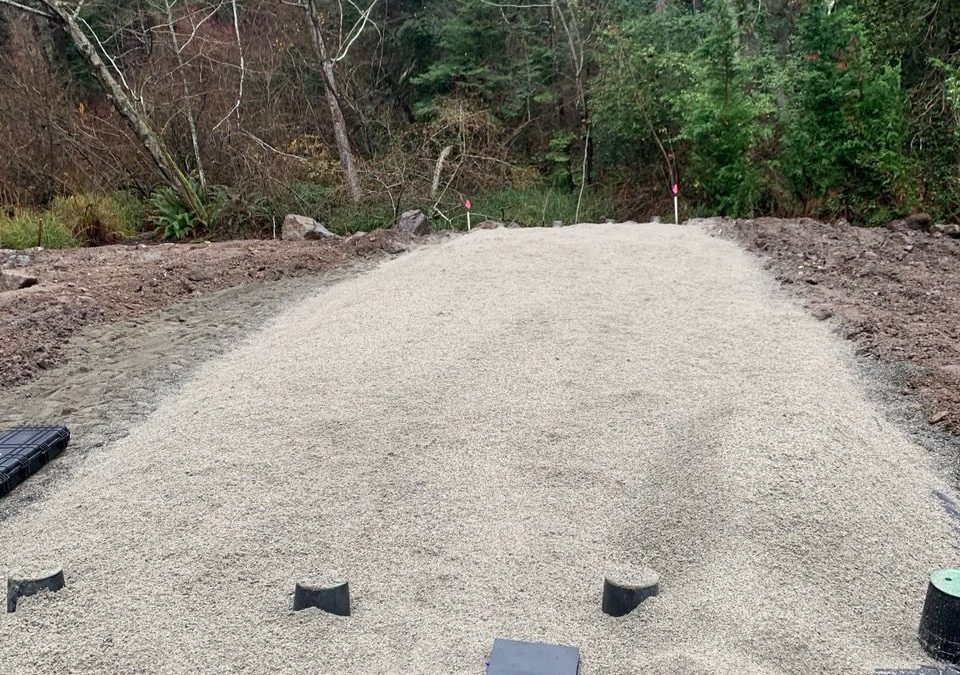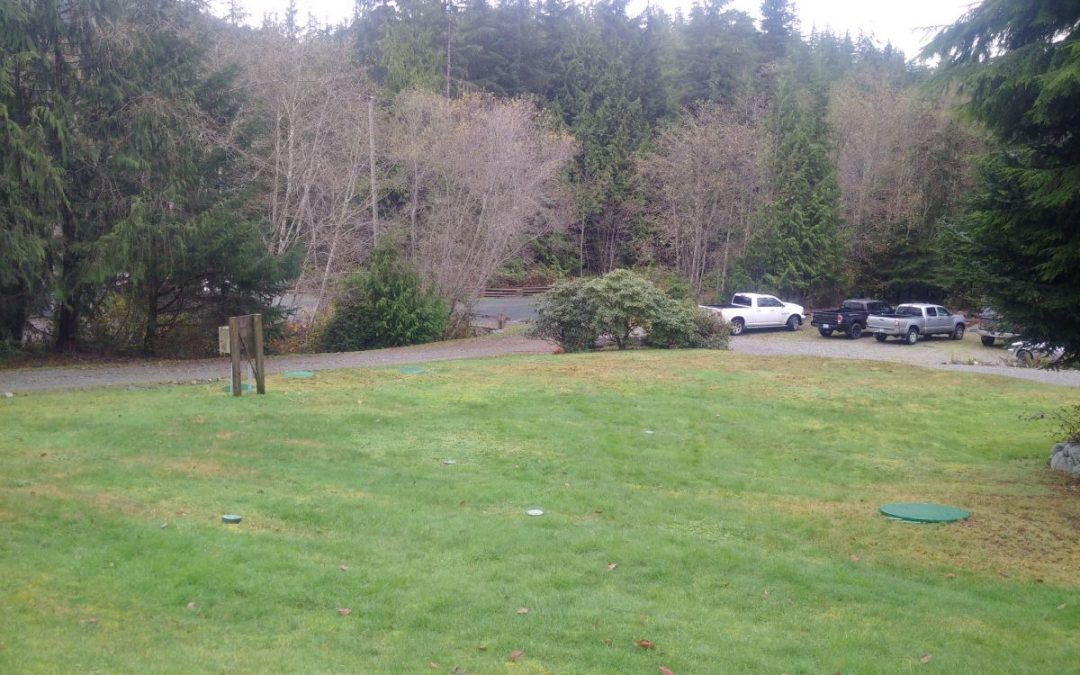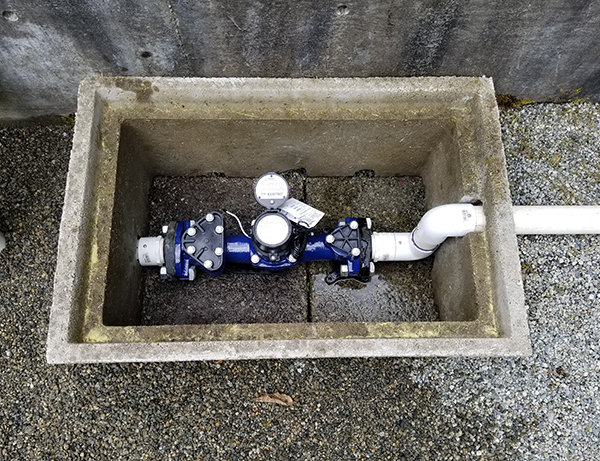
Subdivided Strata: Queenswood Wastewater Treatment
MSR Solutions upgraded the wastewater treatment and disposal system in the 2600 block of Queenswood Drive in Saanich. The 0.93-hectare property is now subdivided into two strata lots: Strata Lot A and B.
Strata Lot A covers 0.34 hectares of the divided property and has a five-bedroom house under construction. The house will require a wastewater treatment and disposal system.
Strata Lot B now has a four-bedroom house with a wastewater treatment and disposal system.
Registered Onsite Wastewater Practitioner (ROWP) Noel Nielson retained MSR Solutions Inc. (MSRS) on behalf of the developer Mark Williams. MSRS assisted with the Queenswood review and design of a wastewater treatment and disposal system. This was in compliance with the applicable regulatory requirements of the Island Health Authority (VIHA).
The BC Sewerage System Regulation (SSR) under the Public Health Act applies to the construction and maintenance of sewerage systems with a combined design daily domestic sewage flow of less than 22,700 L/day (5,000imp gal/day). The Queenswood Drive construction is complete and a Letter of Certification submitted to Island Health on March 29, 2021.
History of Queenswood and Cadboro Bay
Queenswood is a street, as well as a neighbourhood in Cadboro Bay in Saanich
Cadboro Bay was the site of Sungayka, a village of the Songhees Nation for some 8,000 years. Official relocated them to T Victoria’s Inner Harbour in the mid 1800s. The land between Gyro Park and Telegraph Bay is included in a Douglas Treaty. Cadboro Bay takes its name from Hudson’s Bay Company schooner to enter the bay, the Cabdoro.
Cadboro Bay also gives its name to the neighbourhood situated between the bay and the University of Victoria. The area is bounded by the Uplands to the south, Ten Mile Point to the east, and Queenswood to the north. At the heart of the neighbourhood is the local centre, Cadboro Bay Village.
See our wastewater treatment service page for more information.

